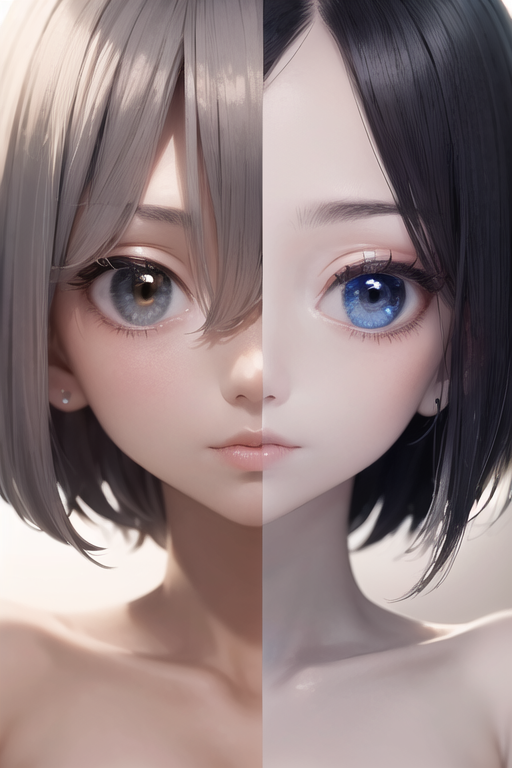
In recent years, Stable Diffusion (SD) models have emerged as a powerful new tool for generating high-quality images. Unlike other generative models, SD models are based on the principles of partial differential equations, which allow them to generate images with both high visual fidelity and strong temporal consistency.
At the core of the SD model is a diffusion process, which gradually transforms a noise input into an image output over a series of time steps. The model is trained to optimize the parameters of the diffusion process so as to minimize the difference between the generated images and a target distribution of real images.
One of the key advantages of SD models is their ability to generate images with high visual fidelity. Unlike other generative models, which can produce images that are often blurry or lacking in detail, SD models are capable of generating images with sharp edges, fine textures, and intricate details. This makes them well-suited for a wide range of applications, including art, design, and visual effects.

In addition, SD models are also capable of generating images with strong temporal consistency. This means that the generated images can be smoothly interpolated in time, allowing for the creation of dynamic sequences and animations. This is particularly useful in applications such as video games, virtual reality, and film, where it is often necessary to create images that change over time.
To achieve these results, SD models rely on a range of sophisticated techniques, including spatially varying diffusion, dynamic range adaptation, and noise injection. These techniques help to ensure that the generated images are both visually appealing and consistent with the underlying statistical properties of the training data.
Despite their impressive capabilities, SD models also have some limitations and challenges. One of the main challenges is that they can be computationally expensive to train and generate images with. This can limit their use in real-time applications or on resource-constrained devices.
In addition, there is also a risk that the generated images may contain biases or unintended patterns, which can be difficult to detect and correct. This highlights the importance of careful validation and testing when deploying SD models in real-world applications.
In conclusion, Stable Diffusion models have emerged as a powerful new tool for generating high-quality images with both visual fidelity and temporal consistency. While there are still challenges and limitations to overcome, SD models have the potential to revolutionize the field of computer graphics and have a wide range of applications in art, design, entertainment, and beyond.


